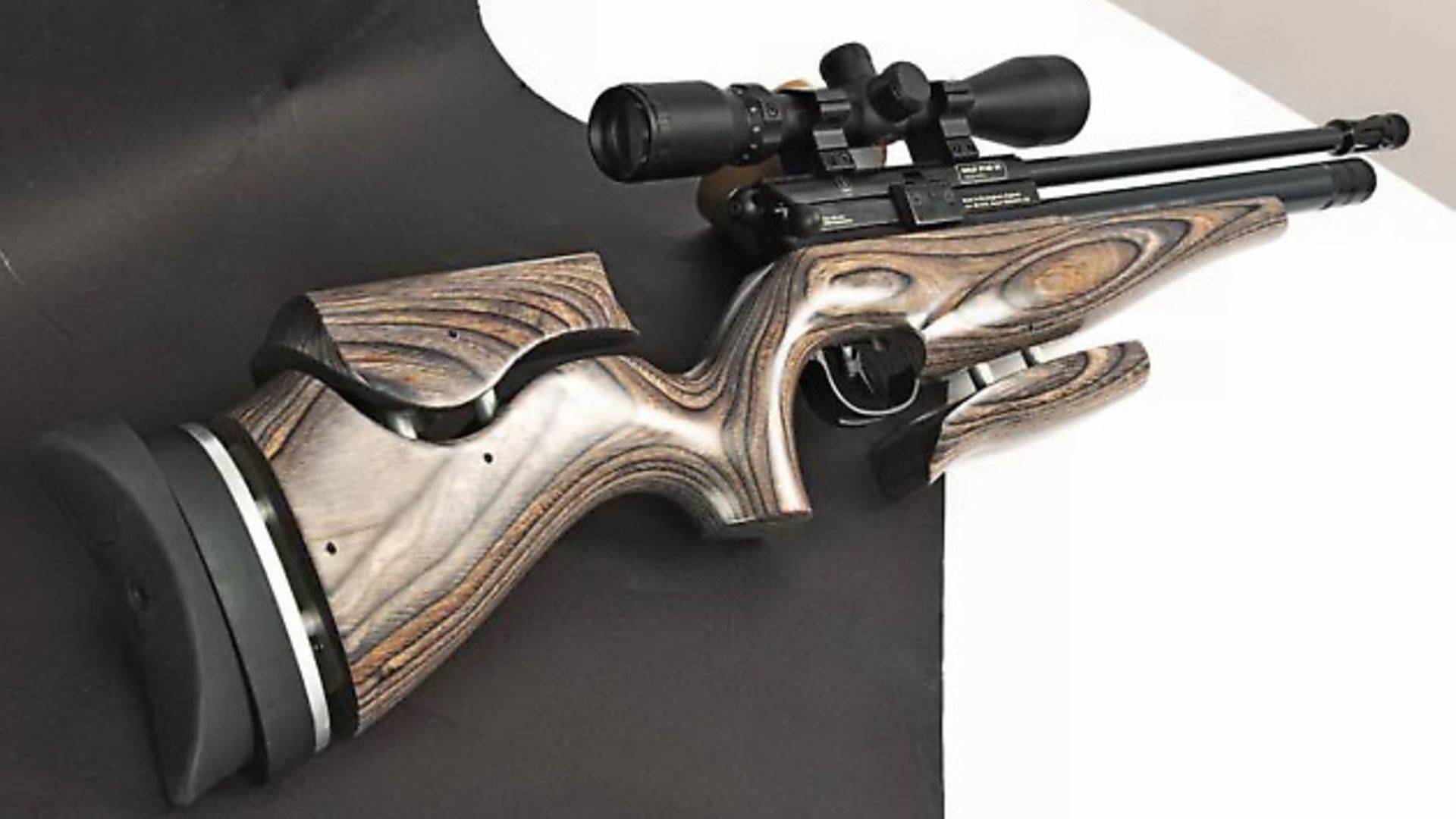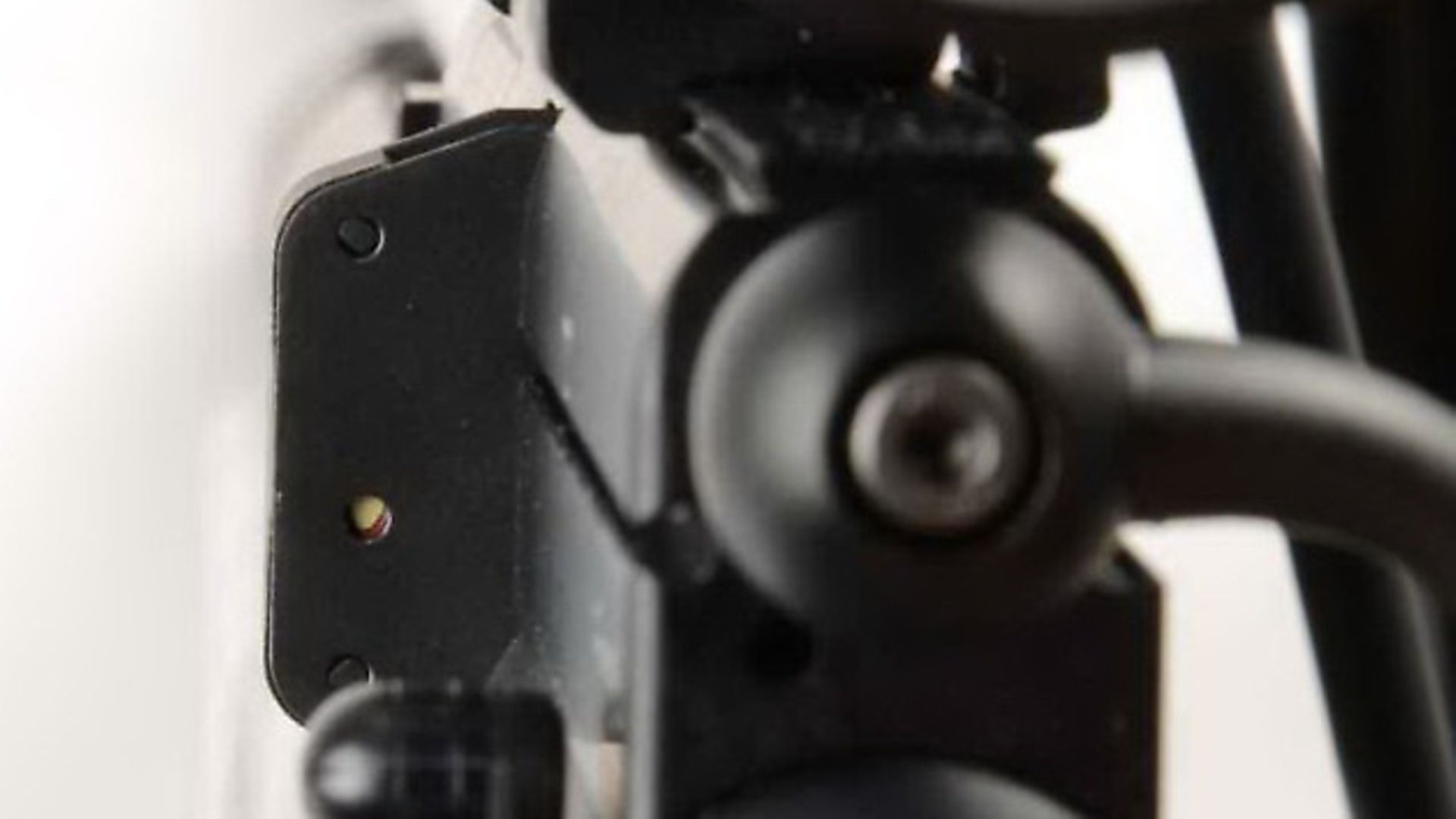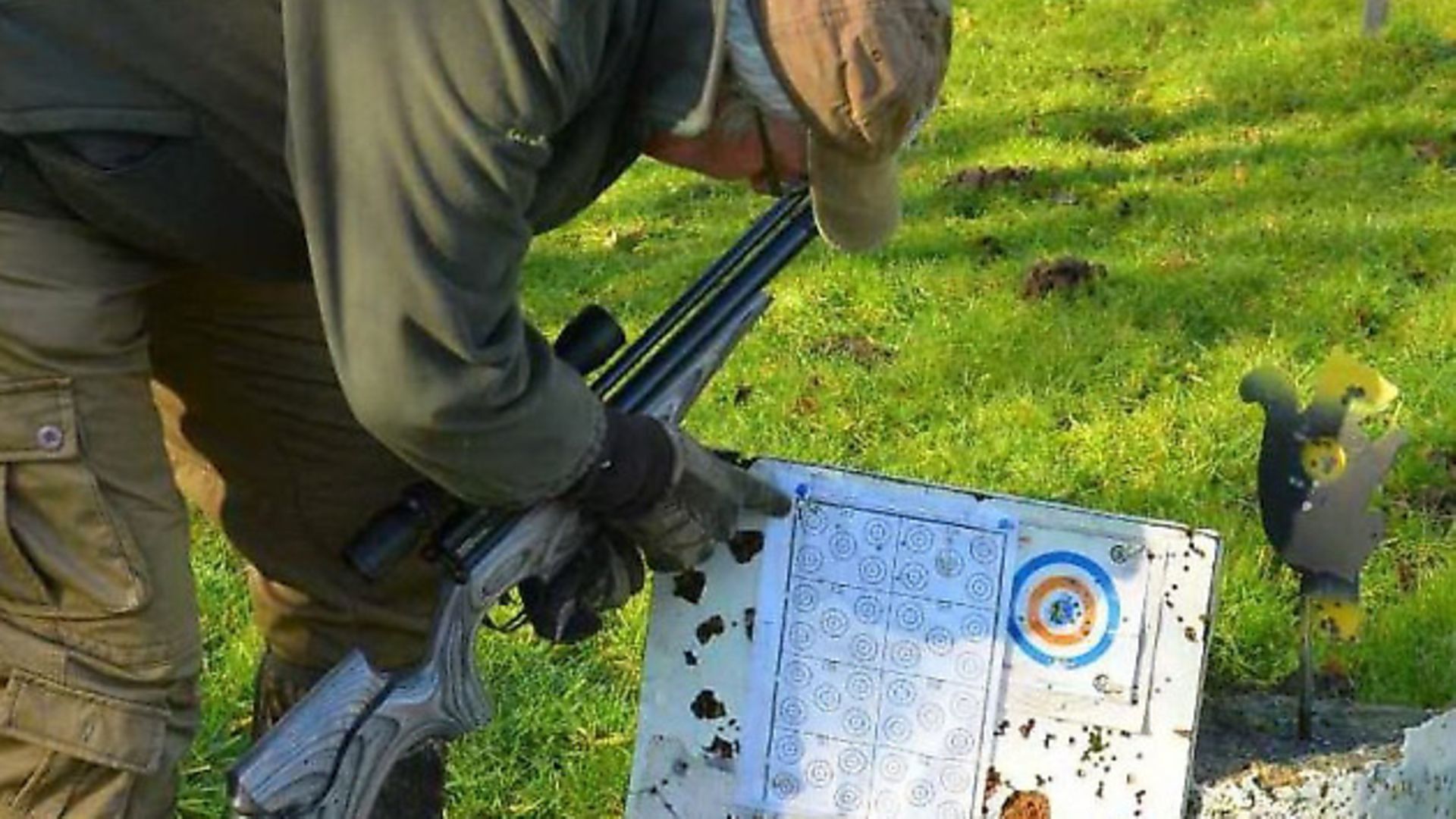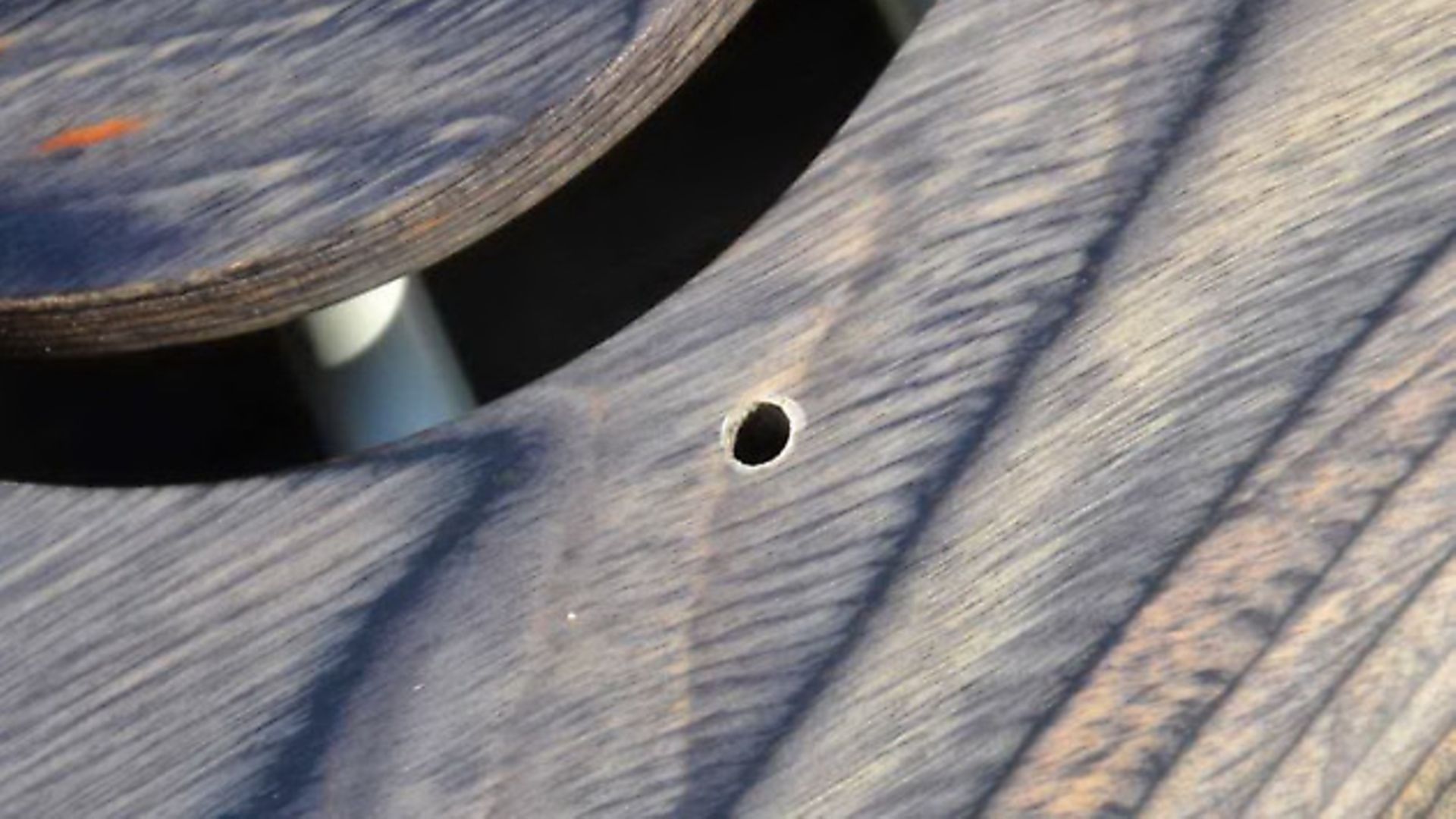... is blowin’ in the wind – as the editor discovers in his follow-up test of the BSA Gold Star SE
 credit: Archant
credit: Archant
This follow-up test was scheduled to be mostly about exploring the options presented by BSA’s runaway success, the Gold Star SE. There’s still going to be plenty of that, but you’ll find what follows may be hijacked by nothing less than a phenomenon. I find myself intrigued, albeit in the sad way we shooters are when something interests us deeply. More of that later, and I promise it’s worth waiting for, but for now I’ll crack on with the day job and share my findings about BSA’s flagship.
 credit: Archant
credit: Archant
DONE DEAL
First and foremost, there’s no more debate to be had on whether or not full-control sporters have their place in the hunting field. It’s a done deal, a no-brainer, the surest of things. The jury has returned its verdict and it was unanimous … well, apart from those who fear change and still want all sporters to look like BSA Airsporters. Sorry my Luddite chums, to maintain the Bob Dylan motif – younger readers ask your parents – ‘the times they are a-changin’.
 credit: Archant
credit: Archant
CONTROL IS KEY
Yes, yes, I’ve thrashed my pet cause about hunters needing full control of their rifles as much as, if not more than, hunters. The performance capabilities of modern airguns has far exceeded those of their users for many years now. That fact is a bit of a blow to the shooting ego, but it’s a fact all the same. Yet, year after year we’ve seen the manufacturers raise their rifles’ performance bar, while those who use those rifles are left further and further behind.
How delighted I am to confirm that this tide of technology is turning at last, as the shooter-friendly science of ergonomics comes to the fore. Ergonomics is all about making stuff more efficient for us to use, and when it’s applied to air rifles, it makes a massive, usually instant, difference. Thus, to the potential of superior mechanical technology, we have now added the huge advance of proper gunfit. It’s a dream team, and the BSA Gold Star SE really shows what it can do for us.
Better fit means better function
 credit: Archant
credit: Archant
The Gold Star offers variable fit options controlled by adjustments on the cheek piece, butt pad and hamster. This holy trinity of gunfit can be tweaked in literally thousands of configurations, until the shooter arrives at what I imagine some geekoid lab rat would call ‘the optimum user interface’. Pull-length – the distance between the butt pad and the trigger – can be set to suit the shooter’s build, after which the cheek piece height can be fixed so that the ‘aiming eye’ is guided into prime position behind the scope. Now for the more subtle stuff, as angles are explored to bring perfect alignment of shoulder, head and hands, until everything feels as though you’ve been using the rifle for years. It’s the finest of feelings and one I’m overjoyed to confirm is being felt by more airgunners than ever before, thanks to rifles like the BSA Gold Star SE.
 credit: Archant
credit: Archant
LATEST MAGAZINE
I was told by BSA that the test rifle carried the very latest magazine system, and that it had been upgraded. The company also said exactly this about the Gold Star’s barrel, but refused to divulge anything else about it. At least with the magazine I was informed that, ‘a type of specialist dry lubricant has been incorporated in the hi-grade synthetic compound, and we’ve included a last shot visual indicator.’
Fair enough. The ‘visual indicator’ is a hi-viz dot on the left-hand side of the rear magazine casement, and although it’s small, it does jump out and announce the status of the magazine. The mag’s pellet chambers are individually numbered, too, but I’d still prefer those digits to be picked out in a contrasting tint, or even a ‘blocked’ chamber to prevent totally the ability to fire on empty.
Far more importantly, the magazine I had on test performed flawlessly, and I was deliberately given just one so I could get a bit intensive with its usage. I got the rifle wet and freezing cold, to the extent that I needed gloves to use the Gold Star comfortably at times, and everything was do’able with those gloves on, apart from loading pellets into the mag’. This is a highly practical and extremely reliable sporting rifle, and as you’ll see next, it shoots to a commendably high standard.
 credit: Archant
credit: Archant
Accuracy and that phenomenon
Using JSB Exact and Air Arms Diabolo Field .22 pellets, with the Gold Star SE rock-solid on a bench, I continually reproduced the 15mm to 18mm diameter groups I managed in my early tests. I bettered slightly the 22mm diameter clusters I’d done at 45 yards, but only by a millimetre or so. As impressive as these groups are, it wasn’t their size that I found phenomenal; it was the amount of windage I needed to apply to shoot them.
Simply put – and this whole deal is anything but simple – the test rifle’s pellets didn’t get kicked around as much as those shot from a .22 BSA without the ‘upgraded’ barrel. I enlisted the help of a friend and we shot, side-by-side, he with his R10 and I with the test rifle, at the same targets, with the same pellets, at the same power. We called each shot in a ‘3,2,1, fire’ system, and compared results. Then we did it again, and again, and very much again. The pellets from the test rifle had wind-shifted a third less than those from the R10. Then I called Roger Lait.
 credit: Archant
credit: Archant
NOT JUST ME
As reported last month, Roger has been instrumental in helping with the development of the Gold Star SE, so he had to be my go-to guy. Being a dedicated HFT shooter, I knew Roger would be using .177, so I wanted to see if his findings matched mine. They did, so naturally I asked him what BSA had done to their barrel to bring this about. Roger told me he’d been blanked as I had, so we sulked a bit and made up our own theories about the phenomenon of reduced wind-shift.
We concluded that whatever BSA was doing to the bore of those barrels, and they can do pretty much what they like because they make the whole thing, was reducing the ‘damage’ to the pellet that occurs when they’re shot through a standard bore. I’ve seen this phenomenon before with SmoothTwist barrels, which, as the name suggests, are smoothbore with a shallow-grooved twist at the end section. Pellets emerge almost as pristine as they went in, and perhaps this lack of deformation causes less air-disturbance as they fly, resulting in reduced wind-effect between muzzle and target.
As I say, it’s just a theory, and I’m not even sure BSA knows what it’s all about, but those test rifle pellets definitely moved less than the ones launched from its immediate neighbour. More tests need to be done in more wind than I usually go for during a rifle review, but there’s something significant going on and I need to know what it is.
 credit: Archant
credit: Archant
VERDICT
Phenomena aside, the BSA Gold Star SE would make a superior sporter, and that’s a fact. Proper, tailored gunfit, a consistent, regulated action, a truly excellent trigger, and that secret squirrel barrel, combine to create something truly special. I have a niggle or two; namely that the thumb groove at the back of the grip could be deeper, and that BSA needs to fit grommets of some sort to the adjuster ports to protect the surrounding stock wood. I’d also suggest the development of a reflex silencer to replace the trick-looking air-stripper, and the option of a cammo stock finish, because, as I’ll never, ever tire of saying, this is a genuine sporting rifle. Full-control hunting is here at last – let’s take advantage of it!